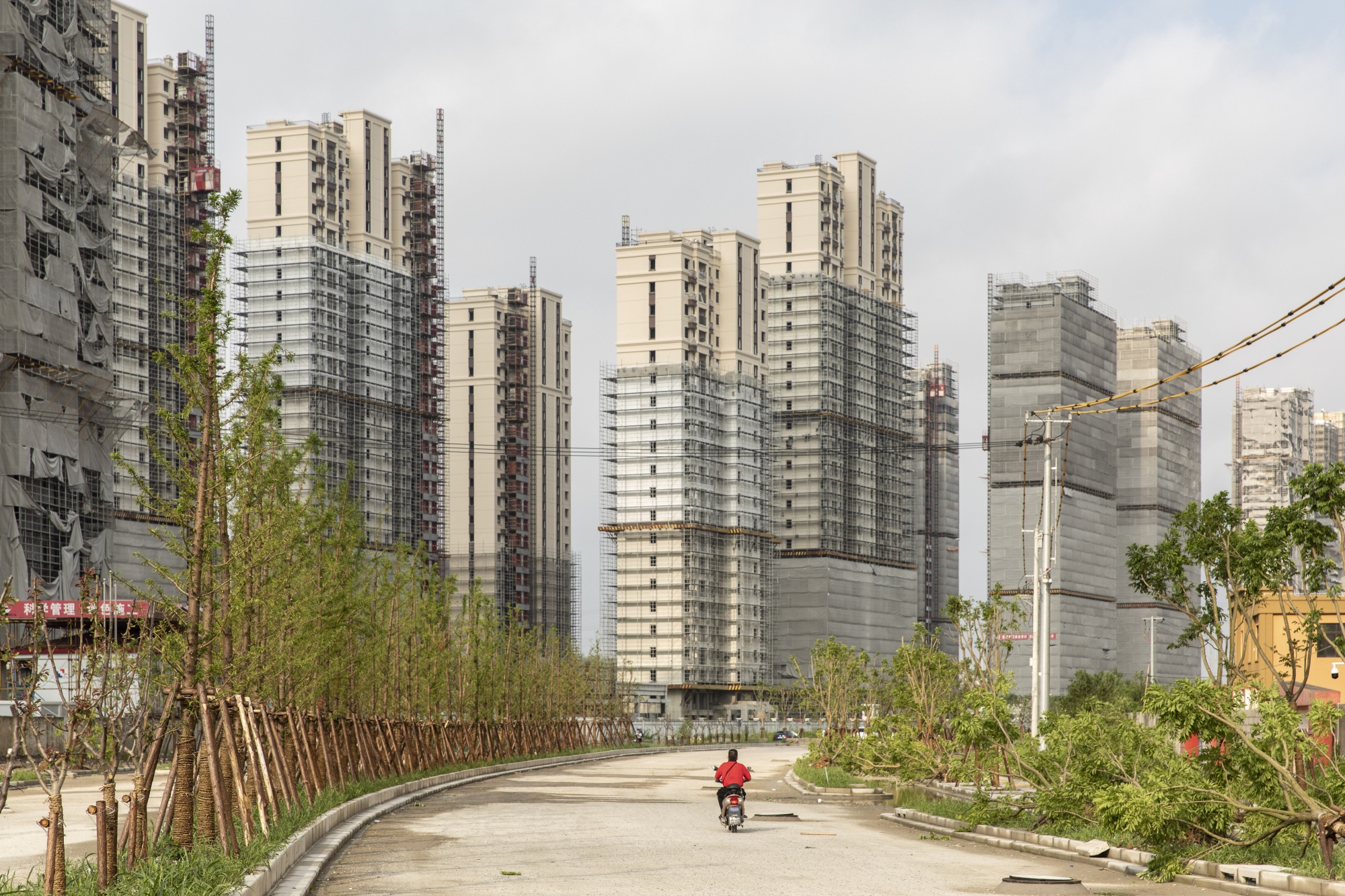In a bold move to tackle a prolonged property slump, China is eyeing inspiration from Singapore’s successful social housing model, marking a significant shift in its housing policy. The Chinese government’s ambitious plan, backed by top-level political support, aims to inject vitality into the real estate sector and align with President Xi Jinping’s vision of promoting “common prosperity.”
The two key components of this housing policy involve the construction of social housing and the revitalization of dilapidated inner-city districts. With potential central government support exceeding 1 trillion yuan ($138 billion), authorities are contemplating providing low-cost central bank loans to state-owned policy banks for project funding. This financial commitment represents approximately 10% of annual new home sales and underscores the government’s determination to reinvigorate the property market.
Borrowing a page from Singapore’s playbook, China envisions a dual-market approach to housing. The core of this strategy is the establishment of a tightly regulated social housing market, characterized by restrictions on ownership and resale. Analysts suggest that homes in this segment may even be required to be sold back to the government, ensuring that they remain affordable and accessible to the intended demographic.
Simultaneously, a more liberal commercial segment would cater to wealthier households, potentially allowing a return to speculation on property values. This shift aligns with the idea that private housing could serve as a wealth generator for the affluent, while ensuring a sufficient supply of affordable housing for those with more modest incomes.
The implementation of such a dual-market system could offer relief to China’s beleaguered developers. Government funds may be utilized to acquire housing projects that developers are struggling to sell or complete due to financial constraints. This intervention could also prompt cities with a surplus of private housing to repurpose or acquire unsold homes for conversion into public housing, a move outlined in the classified “Document 14” from the State Council.
However, transforming China’s housing market faces significant challenges. Past attempts to scale up social housing initiatives have encountered obstacles such as insufficient funding and corruption. Moreover, private developers, facing liquidity strains, may be unable to support a revival of the private market. Overcoming these hurdles necessitates substantial changes to the longstanding model for funding local governments.
The plan to utilize central bank funds reportedly enjoys the support of Vice Premier He Lifeng, a key figure closely associated with President Xi. If successful, the renovation of urban villages in 35 cities could lead to the initiation of 150 million square meters of new housing annually, potentially driving a 10% growth in the area of newly-started property in 2024.
While uncertainties persist, the potential benefits are substantial. If China can effectively implement its housing overhaul, it may not only rejuvenate the property market but also make significant strides toward achieving President Xi’s vision of “common prosperity” by providing affordable housing to lower-income citizens. The coming years will reveal whether this bold plan can reshape the trajectory of China’s real estate landscape.
(Source: Business Times | Bloomberg | Japan Times)









